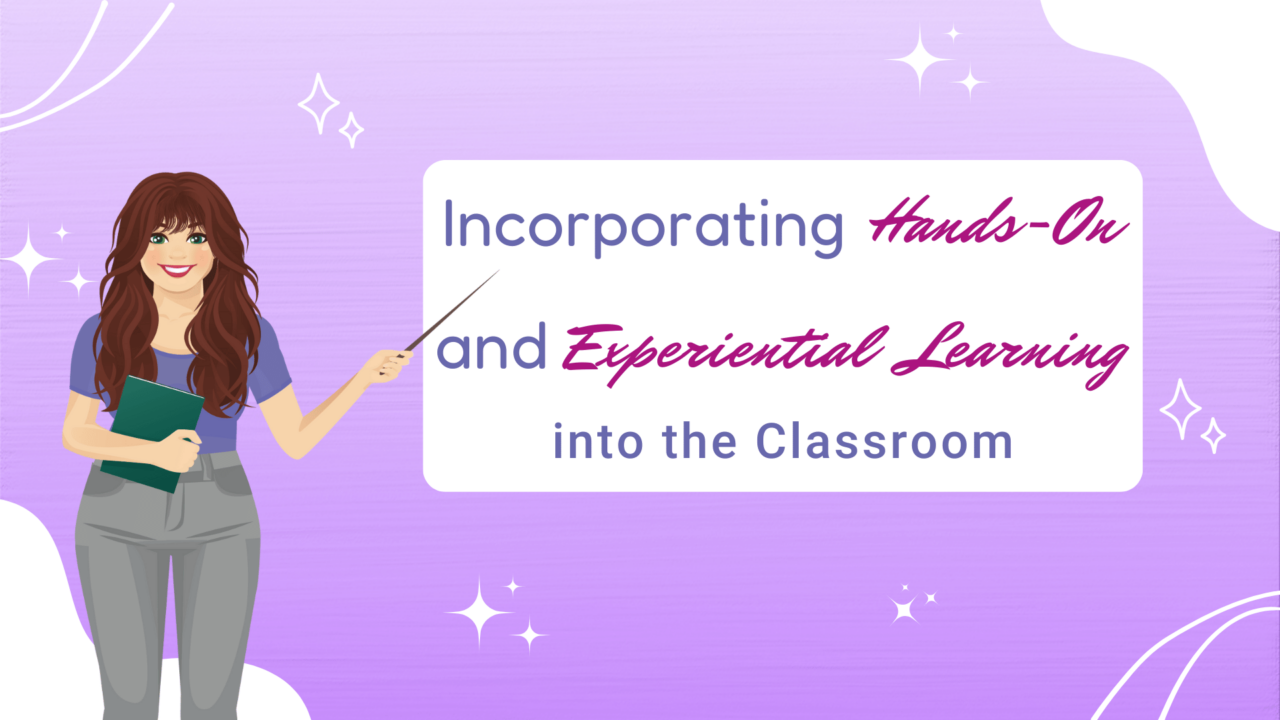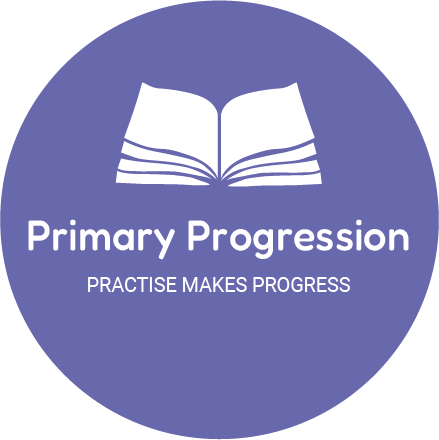Incorporating hands-on and experiential learning into the classroom can have a positive impact on student engagement and understanding of the material. Here are 10 ways to incorporate this type of learning:
Incorporating Hands-on and Experiential Learning into the Classroom


Use real-life examples and case studies:
By using real-life examples and case studies, students can apply their knowledge to real-world situations, making the material more relatable and engaging.
Conduct experiments and demonstrations:
Hands-on experiments and demonstrations allow students to actively participate in the learning process and see the material in action.
Create hands-on projects and assignments:
Assigning hands-on projects and assignments, such as building models or conducting research, can help students apply their knowledge and develop important skills.
Take field trips and go on educational outings:
Field trips and educational outings provide opportunities for students to learn in a different environment and experience the material first-hand.
Encourage group work and collaboration:
Working in groups allows students to collaborate, share ideas, and learn from one another in a hands-on way.
Incorporate technology and digital tools:
Using technology and digital tools, such as simulations and virtual reality, can enhance the hands-on learning experience.
Use games and puzzles:
Games and puzzles can be a fun and engaging way for students to learn and apply their knowledge in a hands-on way.
Provide hands-on materials and resources:
Providing hands-on materials and resources, such as manipulatives and tools, can help students engage with the material in a tangible way.
Offer internships and job shadowing opportunities:
Internships and job shadowing opportunities allow students to gain hands-on experience in a real-world setting, providing valuable insights and skills.
Encourage reflection and self-assessment:
Encouraging students to reflect on their learning and self-assess their progress can help them understand their own learning process and identify areas for improvement.
In conclusion, incorporating hands-on and experiential learning in the classroom can be an effective way to engage students and enhance their understanding of the material. By using a variety of methods and approaches, teachers can create a dynamic and interactive learning environment that allows students to actively participate in their own education.


